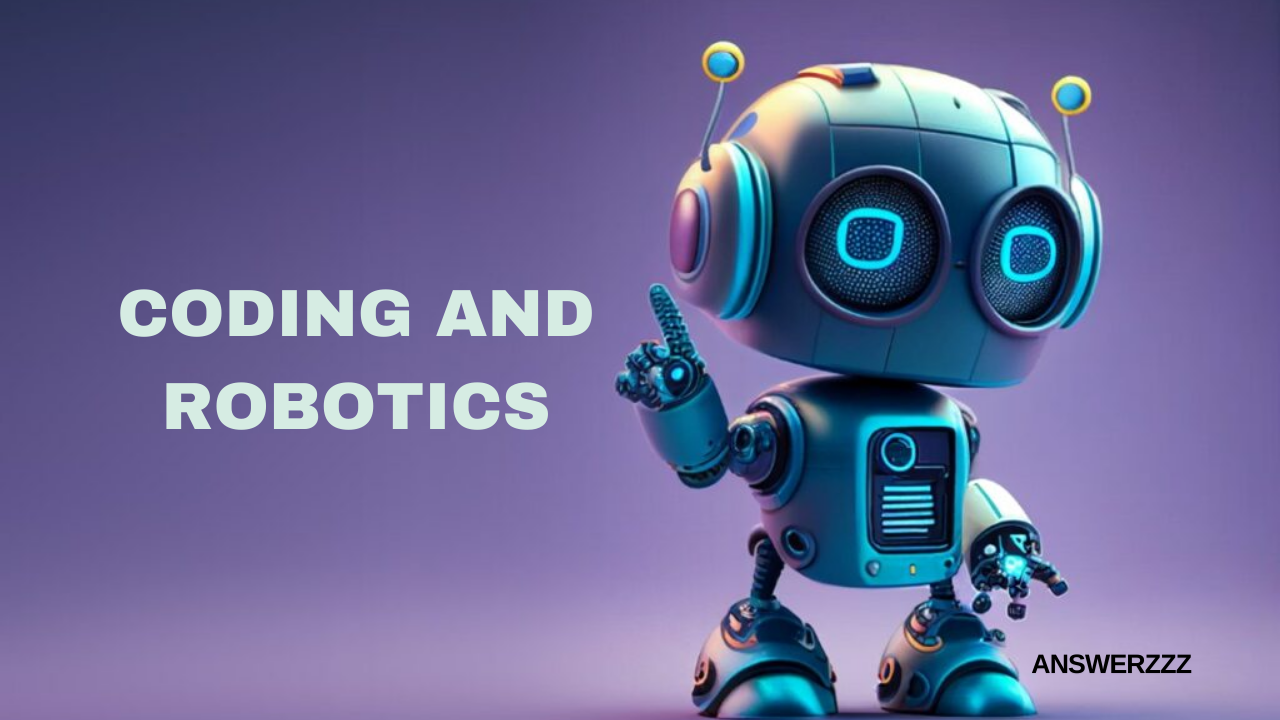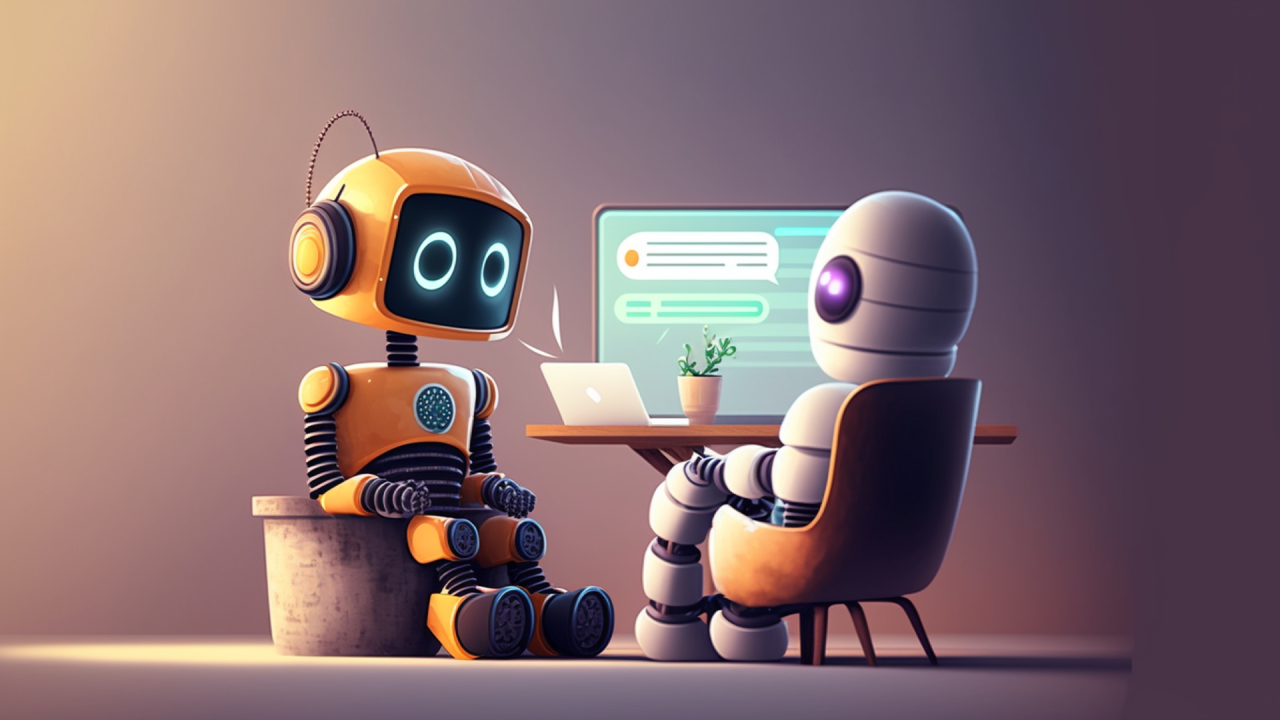In an age where technology pervades every aspect of life, equipping children with coding and robotics skills is essential for navigating the future. As we move further into a tech-driven world, understanding programming languages and robotic systems becomes as fundamental as learning to read and write. This article explores the importance of coding and robotics in education, their benefits, methods of integration into curricula, and future implications for kids in a tech-centric society.
The Importance of Coding and Robotics in Education
The Rise of Technology in Everyday Life
Technology is an integral part of our daily routines, from smartphones and smart homes to artificial intelligence and automated processes. Children today grow up surrounded by devices that utilize complex algorithms and coding. As the digital landscape evolves, understanding the mechanics behind technology is crucial. Teaching coding and robotics helps children become not just consumers of technology but creators as well.
Developing Problem-Solving Skills
Learning to code and work with robots fosters critical thinking and problem-solving skills. Coding is essentially about breaking down problems into smaller, manageable parts and developing logical solutions. Robotics adds a hands-on element to this process, encouraging kids to experiment, test, and iterate on their ideas. This iterative learning process mirrors the scientific method, promoting a mindset of inquiry and exploration.
Enhancing Creativity
Contrary to the perception that coding is purely logical and analytical, it also nurtures creativity. Children can express their creativity through coding by designing games, apps, or animations. Robotics encourages innovative thinking as kids build and program their robots, pushing the boundaries of what’s possible. This blend of creativity and technology prepares kids to approach challenges with a diverse toolkit of skills.
Encouraging Collaboration
Coding and robotics often involve teamwork. Whether in a classroom setting or a robotics club, children learn to work collaboratively towards a common goal. This experience teaches them about communication, compromise, and the importance of diverse perspectives. Such collaborative efforts are vital in today’s interconnected world, where many real-world problems require teamwork to solve.
Benefits of Learning Coding and Robotics
Gaming for Good: How Video Games are Promoting Learning and Skills
Future Career Opportunities
As technology continues to advance, the demand for skilled workers in STEM (Science, Technology, Engineering, and Mathematics) fields is rapidly increasing. According to the U.S. Bureau of Labor Statistics, jobs in computer and information technology are projected to grow by 13% from 2020 to 2030, much faster than the average for all occupations. By exposing children to coding and robotics early on, we are paving the way for future career opportunities in high-demand fields.
Building Digital Literacy
In addition to programming skills, learning to code and work with robots enhances overall digital literacy. Understanding how software and hardware interact gives children a solid foundation for navigating the digital world safely and effectively. Digital literacy is crucial for informed citizenship in a society where misinformation and cyber threats are prevalent.
Boosting Academic Performance
Research indicates that students who engage in coding and robotics perform better in other subjects, particularly mathematics and science. The logical reasoning and analytical skills developed through coding translate to improved problem-solving abilities across various academic disciplines. Furthermore, integrating technology into the classroom can make learning more engaging and interactive, catering to different learning styles.
Fostering Resilience and Perseverance
Coding and robotics require trial and error, encouraging children to embrace failure as a stepping stone to success. When a piece of code doesn’t work or a robot malfunctions, students learn to troubleshoot and persist until they find a solution. This resilience is a valuable life skill that will serve them well in all aspects of their lives.
Integrating Coding and Robotics into Education

Curriculum Development
To prepare kids for a tech-driven future, educators must integrate coding and robotics into the curriculum from an early age. This can be achieved through standalone courses or by infusing coding concepts into existing subjects. For example, math lessons can incorporate coding challenges, while science classes can involve programming experiments with robots.
After-School Programs and Clubs
Extracurricular activities provide a fantastic opportunity for students to explore coding and robotics in a less formal environment. Schools can establish coding clubs, robotics teams, or STEM-focused after-school programs. These clubs can foster a sense of community, allowing kids to collaborate on projects and share their passions.
Utilizing Online Resources and Platforms
With the rise of online learning, numerous resources are available to teach coding and robotics. Websites like Scratch, Code.org, and Tynker offer interactive lessons that engage kids in programming through game development and animation. Robotics platforms like LEGO Mindstorms, VEX Robotics, and Arduino provide hands-on experiences for building and programming robots. Utilizing these resources can enhance classroom learning and provide kids with valuable skills at their own pace.
Teacher Training and Professional Development
For effective integration of coding and robotics into education, teachers must receive proper training and professional development. Educators need to be familiar with programming languages and robotics tools to confidently guide their students. Schools and districts should prioritize ongoing training opportunities to ensure teachers have the skills and knowledge necessary to teach these subjects effectively.
Overcoming Challenges in Teaching Coding and Robotics
Wearable Technology: Monitoring Health and Safety for Children
Addressing Equity and Access
One of the significant challenges in teaching coding and robotics is ensuring equitable access for all students. Disparities in resources and opportunities can hinder some children from engaging in these critical skills. Schools should strive to provide access to technology and training regardless of socioeconomic status. Partnerships with local businesses and community organizations can help bridge this gap by providing funding and resources.
Keeping Up with Technological Advancements
The rapid pace of technological change can make it challenging for educators to keep their curriculum relevant. To address this, schools should adopt a flexible curriculum that allows for regular updates and adaptations. Collaborating with tech industry professionals can provide insights into current trends and future skills that will be in demand.
Balancing Screen Time
While coding and robotics often involve screen time, it’s essential to strike a balance with other forms of learning. Integrating unplugged activities, where kids learn coding concepts without a computer, can help reduce screen fatigue and encourage hands-on engagement. Activities like coding games, robotics challenges, and outdoor programming tasks can provide a well-rounded learning experience.
The Future of Coding and Robotics Education

Emphasis on Interdisciplinary Learning
As technology continues to intersect with various fields, interdisciplinary learning will become increasingly important. Integrating coding and robotics with subjects like art, music, and social studies can foster a more comprehensive understanding of how technology impacts different areas of life. For instance, students can create music using coding or design art with programmable robots, merging creativity with technical skills.
The Role of Artificial Intelligence and Machine Learning
The emergence of artificial intelligence (AI) and machine learning (ML) is reshaping the landscape of coding and robotics. Educators will need to incorporate these concepts into the curriculum to prepare students for a future where AI will play a central role. Understanding how AI works and its implications will be crucial for kids as they navigate a world increasingly influenced by smart technologies.
Lifelong Learning Mindset
In a tech-driven future, the ability to learn continuously will be essential. Education should cultivate a lifelong learning mindset, encouraging children to stay curious and adaptable as technology evolves. Schools can promote this mindset by emphasizing the importance of self-directed learning, critical thinking, and resilience in the face of change.
Fostering Global Citizenship
Safe Social Media Platforms: Connecting Kids and Families Online
As the world becomes more interconnected through technology, educating children as global citizens will be essential. Coding and robotics can be powerful tools for addressing global challenges, from climate change to healthcare. By engaging in projects that promote social good, students can learn how to leverage technology for positive impact, fostering a sense of responsibility and stewardship.
As we navigate an increasingly tech-driven world, preparing children for the future through coding and robotics education is imperative. These skills not only enhance problem-solving abilities, creativity, and collaboration but also open doors to future career opportunities. By integrating coding and robotics into the curriculum, providing access to resources, and fostering a lifelong learning mindset, we can equip the next generation with the tools they need to thrive in a rapidly changing society. Embracing this educational shift is not just about preparing kids for jobs in technology; it’s about empowering them to become innovators, problem solvers, and responsible digital citizens who can shape the future for the better.





